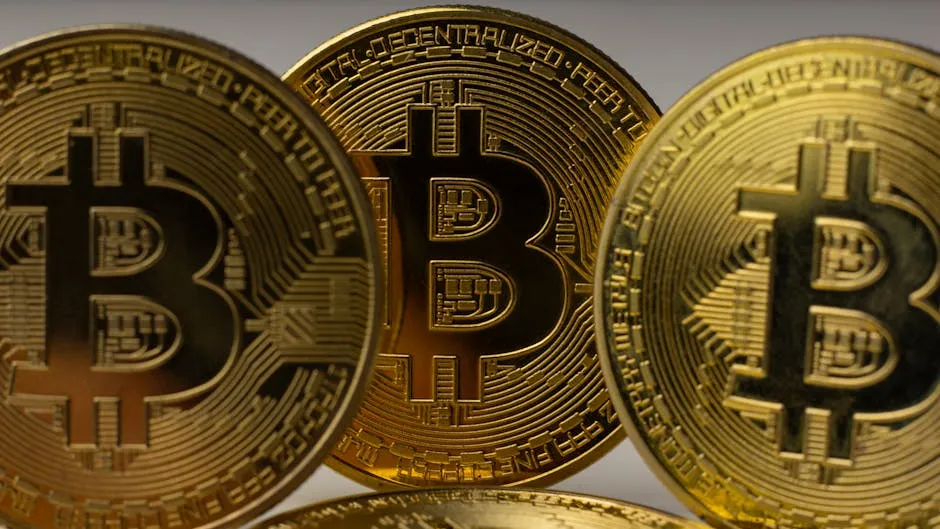
The Evolution of Stablecoins: Addressing Settlement Time Challenges
In the ever-evolving landscape of cryptocurrency, stablecoins have emerged as a pivotal innovation, designed to bridge the gap between digital currencies and traditional fiat. However, one of the persistent challenges faced by stablecoins is the variability in settlement times, which can significantly impact their usability and efficiency in transactions. Thankfully, recent developments indicate that stablecoins are on the verge of improvement, particularly through the adoption of purpose-built payment chains.
Understanding the Settlement Time Dilemma
Settlement time is critical in the cryptocurrency space, especially for stablecoins that are intended to provide quick and reliable transactions. Unfortunately, the time it takes for a transaction to be confirmed can vary widely depending on the blockchain network supporting the stablecoin. Some networks are equipped to handle rapid transactions, while others can suffer from delays due to congestion or inefficiencies. This inconsistency undermines the core purpose of stablecoins—offering a stable, reliable medium of exchange.
The Importance of Purpose-Built Payment Chains
To solve these issues, the industry is increasingly looking toward purpose-built payment chains. These specialized blockchains are designed specifically to facilitate transactions, eliminating the bottlenecks often associated with general-purpose networks. By maintaining open and efficient payment channels, these chains can significantly reduce settlement times, thereby enhancing the overall functionality of stablecoins.
Avoiding Fragmentation in Traditional Finance
The challenges faced by stablecoins mirror those found in traditional finance (TradFi), where fragmentation can lead to inefficiencies and increased costs. If stablecoin networks do not adapt and improve, they risk repeating the same mistakes seen in traditional banking systems. The aim should be to create a cohesive ecosystem where stablecoins can operate seamlessly across various platforms and networks.
Looking Ahead: A More Cohesive Future for Stablecoins
The push for enhanced settlement times is not just about speed; it is also about fostering trust and reliability in the crypto ecosystem. As stablecoins become more efficient through the adoption of specialized payment chains, their role in the financial landscape will likely expand. This evolution will not only benefit users seeking faster transactions but will also pave the way for more widespread adoption of cryptocurrencies in everyday transactions.
In conclusion, the future of stablecoins looks promising as the industry continues to innovate and address existing challenges. By focusing on improving settlement times and leveraging purpose-built payment chains, stablecoins can achieve their true potential—becoming a stable and reliable element of the financial ecosystem. As developments unfold, it is essential for investors and users alike to stay informed and engaged with the changes that will shape the next chapter of cryptocurrency.



